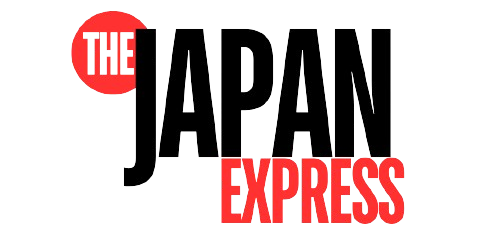Pakistan: Vision 2030
Pakistan is a developing country with a population of over 200 million people. It is a country with immense potential, but it has faced numerous challenges in its journey towards progress. In the past few decades, Pakistan has made some significant strides in terms of economic development, but it still has a long way to go. The country has set its sights on becoming a middle-income country by 2030. This article will discuss the future of Pakistan in 2030 and the steps that need to be taken to achieve this goal.
Pakistan’s Vision 2030 aims to transform the country into a knowledge-based economy. This will be achieved through the implementation of various initiatives such as improving the quality of education, increasing access to technology, and promoting entrepreneurship. In addition, the government has set ambitious targets for economic growth, job creation, and poverty reduction.
The government has also taken steps to improve the business environment in the country. It has implemented reforms to reduce the cost of doing business, improve access to finance, and promote the development of small and medium-sized enterprises. Furthermore, the government has taken steps to reduce corruption and improve the rule of law.
By 2030, Pakistan’s per capita income is expected to be over 3000 in 2005 constant US dollars. The incidence of poverty is expected to be around 10%, and income, gender, and regional disparities are expected to be reduced by at least one-half of the current levels. In addition, the country is expected to achieve a high level of economic growth and job creation.
To achieve these goals, the government needs to focus on the development of human capital. This includes investing in education, health, and nutrition. Furthermore, the government needs to create an enabling environment for businesses to thrive. This includes reducing the cost of doing business, improving access to finance, and promoting the development of small and medium-sized enterprises.
In addition, the government needs to invest in infrastructure and energy. This includes building roads, bridges, and ports, as well as investing in renewable energy sources. Furthermore, the government needs to invest in digital infrastructure to enable the growth of the digital economy.
Finally, the government needs to focus on promoting social inclusion and reducing inequality. This includes improving access to education, health, and nutrition, as well as reducing gender and regional disparities.
Pakistan has the potential to become a middle-income country by 2030. To achieve this goal, the government needs to focus on improving the quality of education, increasing access to technology, and promoting entrepreneurship. In addition, the government needs to invest in infrastructure and energy, reduce the cost of doing business, and promote social inclusion and reduce inequality. With the right policies and investments, Pakistan can achieve its Vision 2030 and become a prosperous and vibrant nation.



